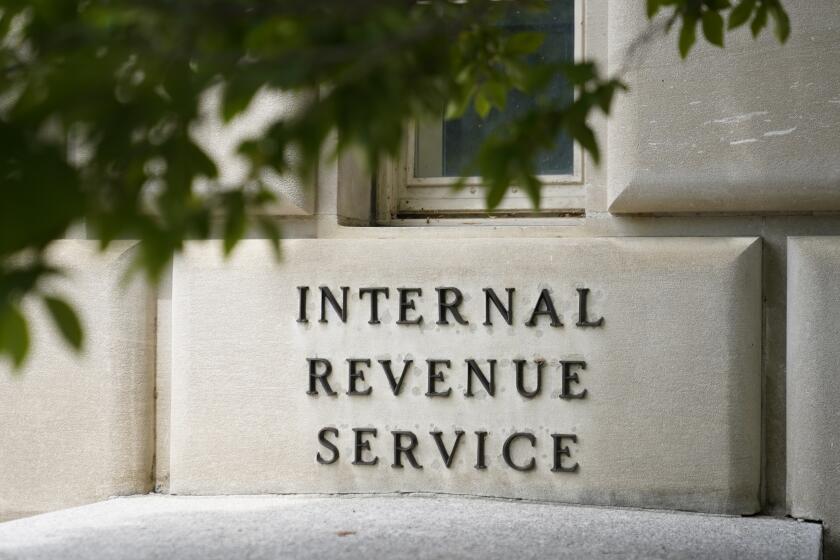Long Beach Port OKs Cargo Site for S. Korea Firm
- Share via
The Port of Long Beach on Wednesday said it signed an agreement with a major South Korean shipping line to operate a 375-acre cargo terminal on the site of the former Long Beach Naval Station. That site was the focus of a bitter fight two years ago when the port tried to lease the historic base to a firm owned by the Chinese government.
If completed, the deal with the Hanjin Shipping Co. will trigger a series of terminal consolidations and expansions that will increase space for the fast-growing volume of cargo that moves through the harbor, port officials said.
The cargo terminal will be the largest at the port. Within five years, port officials said, Long Beach Harbor will have five huge container terminals, ranging in size from 200 acres to 400 acres. It now has eight container terminals of 60 to 170 acres.
The proposed 25-year lease with family-run Hanjin could also generate up to $42 million in annual revenue for the nation’s largest container port. The company signed a letter of intent with the port, and a final deal could come as soon as late summer, officials said.
Hanjin’s interest is also a boost for Long Beach, which recently lost two of its main tenants, Maersk Line and Sea-Land Service Inc., to the Port of Los Angeles. The two companies, which are merging, agreed last year to lease Pier 400, a mammoth container terminal now being built on dredged land.
“We have been looking forward to opening a terminal at that site for some time,” said Yvonne Avila, director of communications for the Port of Long Beach.
Initial efforts to lease the abandoned naval station to a Chinese line collapsed in 1998 when Congress barred the China Ocean Shipping Co. from leasing terminal space on the redeveloped base. The action ended two years of efforts by port and company officials.
Conservative foes of the project argued that Cosco, a port tenant for almost 20 years, might use the new, larger site for intelligence-gathering operations on the U.S. mainland.
Other opposition came from local preservationists interested in saving historic buildings on the base and veterans groups that claimed a lease with a Communist-run firm was an insult to sailors who had served there.
In the aftermath, Long Beach officials vowed to find other tenants for the old base and make accommodations to keep Cosco from leaving the harbor.
“China Ocean Shipping will eventually expand elsewhere in the port,” Avila said. “We have put in motion a kind of musical chairs in the harbor. Space will open up.”
Seoul-based Hanjin is one of the fastest-growing shipping lines in the port, tripling the size of its operations from 1991 to 1999. Today, the equivalent of 1 million 20-foot shipping containers moves through its 170-acre facility. If present trends continue, the company’s cargo volume might double again by 2003.
“We are convinced that we will continue to prosper and contribute to the economic well-being of the region through the development of this new facility,” said N.U. Park, the executive vice president and managing director of Hanjin’s headquarters in the United States.
Assuming the lease is finalized, Park said, the new 375-acre terminal will employ about 600 dockworkers and company employees.
The port, which plans to spend more than $400 million for the project, has demolished structures on roughly 200 acres of the former base. Dredging for the terminal is 60% complete and more than half the underground utilities are in place.
About 260 acres of the facility are scheduled to be opened in spring 2002. An additional 115 acres will be put into operation a year later.
Art Wong, a port spokesman, said that once Hanjin relocates and Maersk and Sea-Land depart, Long Beach will merge the vacated terminals and fill in slips for other shipping lines interested in leasing larger facilities.
The consolidations and expansions reflect the rapid increase in world trade flowing through the county’s ports and the growing number of mergers and alliances formed by major shipping lines.
More to Read
Inside the business of entertainment
The Wide Shot brings you news, analysis and insights on everything from streaming wars to production — and what it all means for the future.
You may occasionally receive promotional content from the Los Angeles Times.











